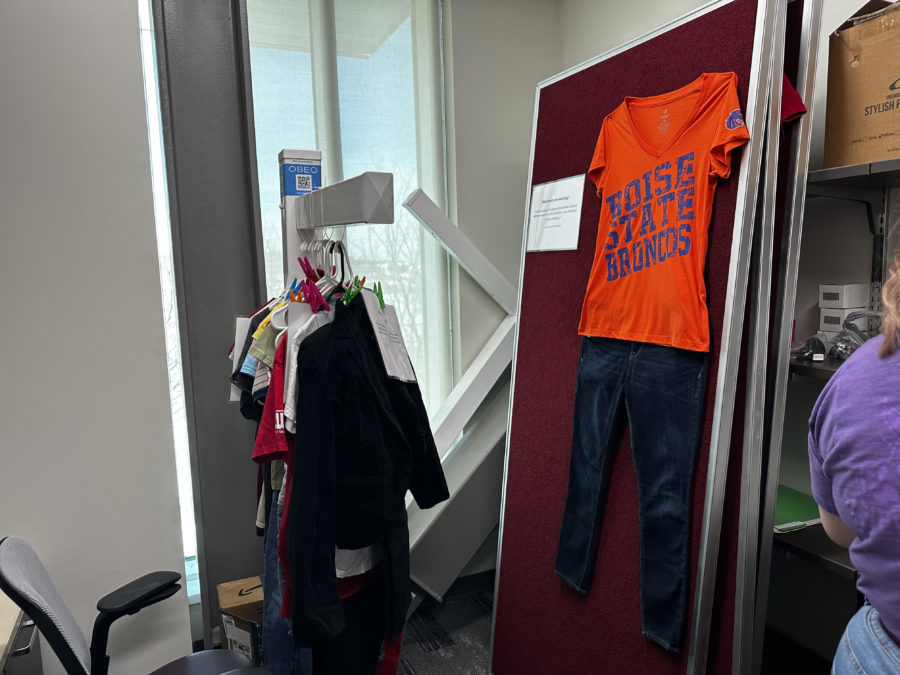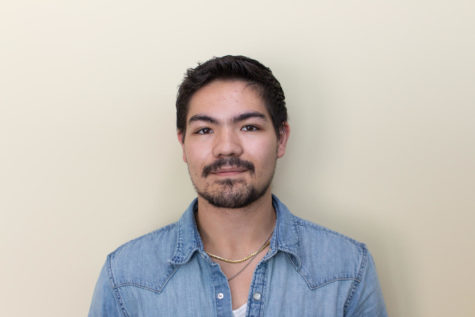“What were you wearing:” Uprooting rape culture
The HNRS 3900 “What were you wearing?” is a brand-new course in WSU’s catalog that aims to address questions that are often asked of victims of sexual violence.
“What did you have to drink?” and “Were you flirting with him?” are some questions cited as being common responses to those who open up about their experiences with sexual violence. This course aims to push students away from the mindset that a victim deserved what they got or brought the violence upon themselves.
The objective is to dispel the notion that a victim of sexual assault invites their attacker through their choices in things like how much they were drinking, if they were flirting with their attacker or if they were dressed a certain way.
Addressing a victim of sexual assault through these lines of questioning implies that the burden of fault lands on the victim, not the attacker. Aptly, these lines of inquiry have been coined “rape myths.”
The students in HNRS 3900 aim to do their part in refuting these myths and raising awareness among students about how to appropriately approach a victim of sexual violence.
“In Utah, ‘What were you wearing?’ definitely applies,” Danielle Husberg, WSU student taking HNRS 3900, said when asked about prevailing rape myths in Utah. “The question implies that if a woman is dressed a certain way she’s inviting sexual assault upon herself.”
Husberg, along with her classmates in the HNRS 3900 class, will be doing their part to discredit the “What were you wearing?” myth by organizing an exhibition that will display recreations of outfits worn by sexual assault victims along with written testimonies of their traumatic experiences.
The exhibition, which is set to take place from 8 a.m. to 6 p.m. on the second floor of the Lindquist Hall on April 12, is designed to demonstrate how the clothes worn by victims of sexual violence during the time of their assault are just that — clothes, not invitations to be sexually assaulted.
“These exhibits are powerful because they’re just everyday clothes,” Husberg said. “You walk through and you see someone’s sweats, their evening dress, or their workout clothes, just everyday clothes that people were wearing. It’s impactful because it shows you that what happened to them had nothing to do with what they were wearing.”
The purpose of the exhibition, apart from raising awareness for victims of sexual assault, is to foster a sense of empathy in those who visit the exhibition for those who have these traumatic experiences and often don’t report them because of the risk of being confronted with these rape myths.
The students putting together the exhibition also hope they can help people understand that in cases of sexual violence, the victim shouldn’t be the one under investigation, as is often the case.
“People’s first initial reaction is to question the victim instead of actually questioning the perpetrator,” Nate Holland, a student working on the exhibition, said. “We really want people to be inspired to create real systematic changes that would make it easier for [people] to be believed and actual actions that will alleviate their suffering.”
Currently, according to the FBI’s Uniform Crime Reporting database, Utah has a rate of 55.5 rapes per 100,000 people, which stands significantly higher than the national rate of 42.6 per 100,000 people.
A recently-released report by a Utah State University-led initiative, the Utah Women and Leadership Project, noted that only 11.8% of Utah women who are sexually assaulted end up reporting the crime to law enforcement.
The students in HNRS 3900 point to a stigma against sexual assault victims and the wide perpetuation of rape myths as the primary reasons why sexual violence is so prevalent in Utah.
The “What Were You Wearing?” exhibit is open to visitors, who will be able to view the recreated outfits and read first-hand accounts from victims of sexual violence, as well as listen to guest speakers who have been invited to WSU to talk about issues regarding sexual violence throughout the day.








